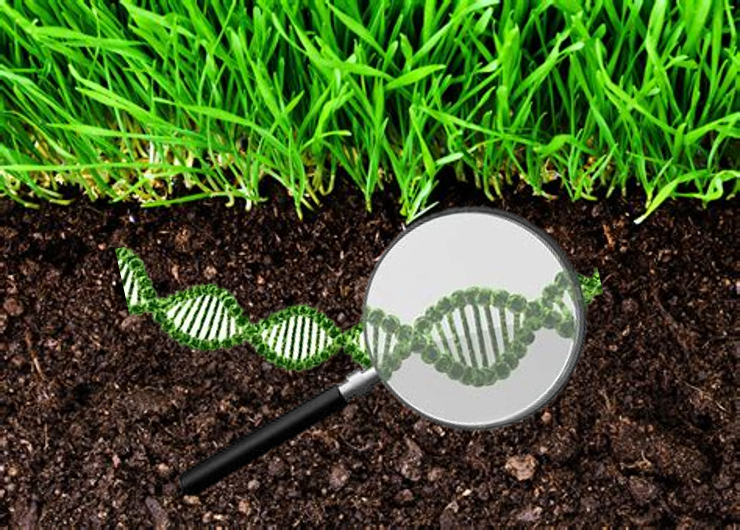ZJU scientists reveal functional organization in soil metagenomes

The research team, led by Prof. XU Jianming with the College of Environmental and Resource Sciences, Zhejiang University, reveals the functional organization in soil metagenomes by generating a genetic correlation network based on genes derived from metagenomes of forest soils. The findings are published in the July 25 issue of the ISME Journal.
Microorganisms operate at the heart of biological characteristics, biogeochemical processes, and ecology of soils. A gram of soil contains an average of 109 prokaryotic cells, and ~105 distinct prokaryotic genomes. The majority of soil microbial genomes have yet to be sequenced, as such there is a limited understanding of the link between soil microbial community composition and functionality, which is complicated by the horizontal gene transfer promiscuity of some bacterial lineages. However, metagenomic sequencing can provide a snapshot of the relative abundance of genes and genotypes, providing an opportunity to glimpse soil microbial functional potential.
Soil ecological functions are largely determined by the activities of soil microorganisms, which, in turn, are regulated by relevant interactions between genes and their corresponding pathways. Therefore, the genetic network can theoretically elucidate the functional organization that supports complex microbial community functions, although this has not been previously attempted.
XU Jianming et al. generate a genetic correlation network based on 5,421 genes derived from metagenomes of forest soils, identifying 7,191 positive and 123 negative correlation relationships. This network consists of 27 clusters enriched with sets of genes within specific functions, represented by corresponding cluster hubs. The clusters reveal a hierarchical architecture, reflecting the functional organization in the soil metagenomes. Positive correlations map functional associations, whereas negative correlations often depict regulatory processes. The potential functions of uncharacterized genes are predicted based on the functions of located clusters.

The global genetic correlation network highlights the functional organization in soil metagenomes and provides a resource for predicting gene functions. It is anticipated that the genetic correlation network may be exploited to comprehensively decipher soil microbial community functions.